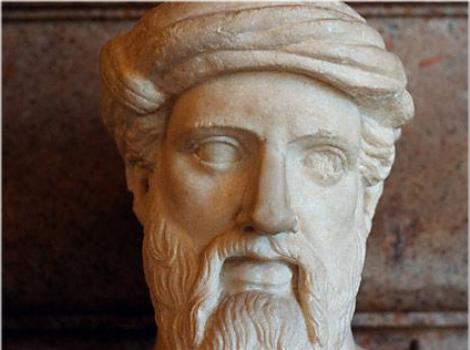Part 2 on The Plausibility of Life
How does evolution shape living things? The fact that evolutionary forces, such as natural selection, can shape living creatures is well-established, but how malleable those creatures are, and what the increments of change are is less well established. We have a fairly good idea of how genes can change, but how does that genetic change translate into physical changes in the shape and functioning of the organism itself - that is, how does genetic change translate into changes in the organism's phenotype?
The authors of The Plausibility of Life, Marc Kirschner and John Gerhart, argue that this issue has been ignored in evolutionary theory (although they go on to say that it was justifiably ignored for a long time - before modern molecular and cell biology, there was no way to effectively address this question):
What if evolutionary biologists were wrong to think of phenotypic variation as random and unconstrained? How much would it matter if we really understood how genetic variation leads to phenotypic variation, and in particular, how facile or difficult is it to achieve a specific phenotype?
These questions get to the heart of the evolution of complexity.
 Melville on Science vs. Creation Myth
Melville on Science vs. Creation Myth Non-coding DNA Function... Surprising?
Non-coding DNA Function... Surprising? Yep, This Should Get You Fired
Yep, This Should Get You Fired No, There Are No Alien Bar Codes In Our Genomes
No, There Are No Alien Bar Codes In Our Genomes








